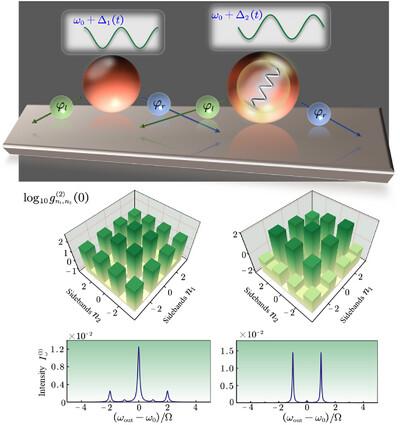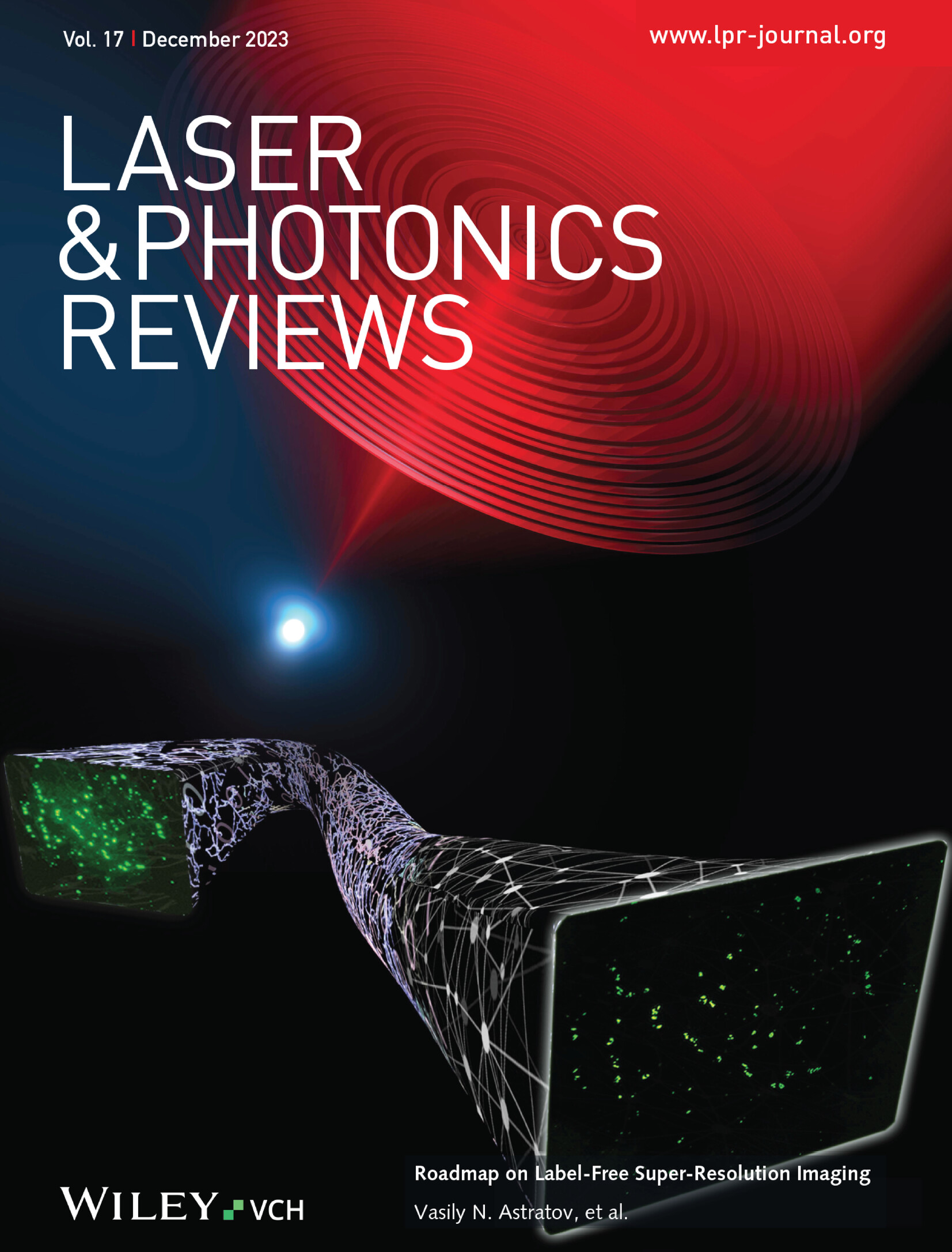Floquet Engineering and Harnessing Giant Atoms in Frequency-Comb Emission and Bichromatic Correlations in Waveguide QED
IF 9.8
1区 物理与天体物理
Q1 OPTICS
引用次数: 0
Abstract
The capability to design spectrally controlled photon emission is not only fundamentally interesting for understanding frequency-encoded light–matter interactions, but also is essential for realizing the preparation and manipulation of quantum states. Here, a dynamically modulated qubit array is considered, and realize frequency-controlled single-photon emission focusing on the generation of a frequency comb constituted solely of even-parity or anti-Stokes sidebands. This system also offers parity-dependent bunching and antibunching in frequency-filtered quantum correlations. In particular, the waveguide quantum electrodynamics (QED) setup is extended to include chiral and non-local coupling architectures, thereby enhancing its versatility in Floquet engineering. This proposal also supports the predictable generation of high-dimensional entangled quantum states, where the corresponding effective Hilbert space dimension is well controlled by energy modulation. Moreover, the utilisation of sophisticated numerical tools, such as the matrix product states (MPSs) and the discretization approach, enables the efficient simulation of multi-photon dynamics, in which the non-Markovian Floquet steady states emerge. This work fundamentally broadens the fields of collective emission, and has wide applications in implementing frequency-encoded quantum information processing and many-body quantum simulation.

求助全文
约1分钟内获得全文
求助全文
来源期刊
CiteScore
14.20
自引率
5.50%
发文量
314
审稿时长
2 months
期刊介绍:
Laser & Photonics Reviews is a reputable journal that publishes high-quality Reviews, original Research Articles, and Perspectives in the field of photonics and optics. It covers both theoretical and experimental aspects, including recent groundbreaking research, specific advancements, and innovative applications.
As evidence of its impact and recognition, Laser & Photonics Reviews boasts a remarkable 2022 Impact Factor of 11.0, according to the Journal Citation Reports from Clarivate Analytics (2023). Moreover, it holds impressive rankings in the InCites Journal Citation Reports: in 2021, it was ranked 6th out of 101 in the field of Optics, 15th out of 161 in Applied Physics, and 12th out of 69 in Condensed Matter Physics.
The journal uses the ISSN numbers 1863-8880 for print and 1863-8899 for online publications.

 求助内容:
求助内容: 应助结果提醒方式:
应助结果提醒方式:


